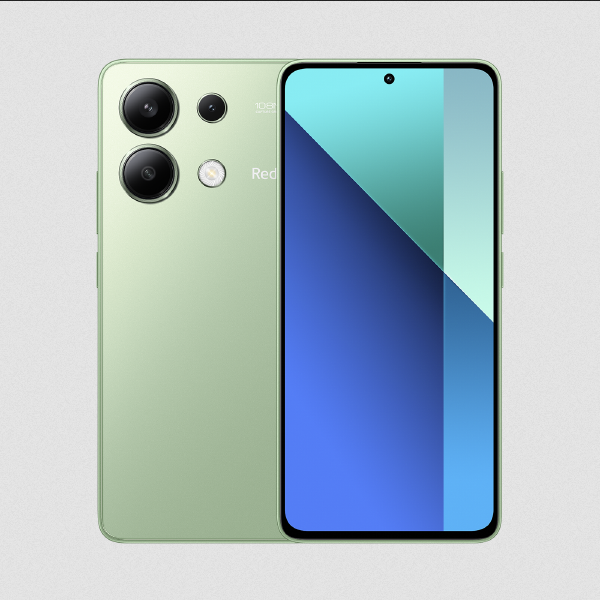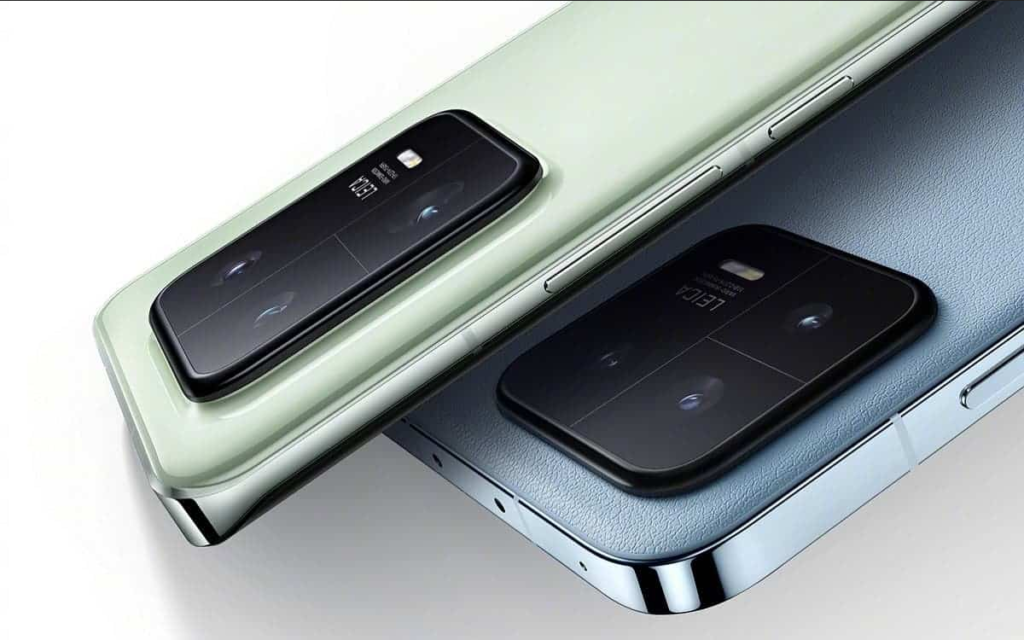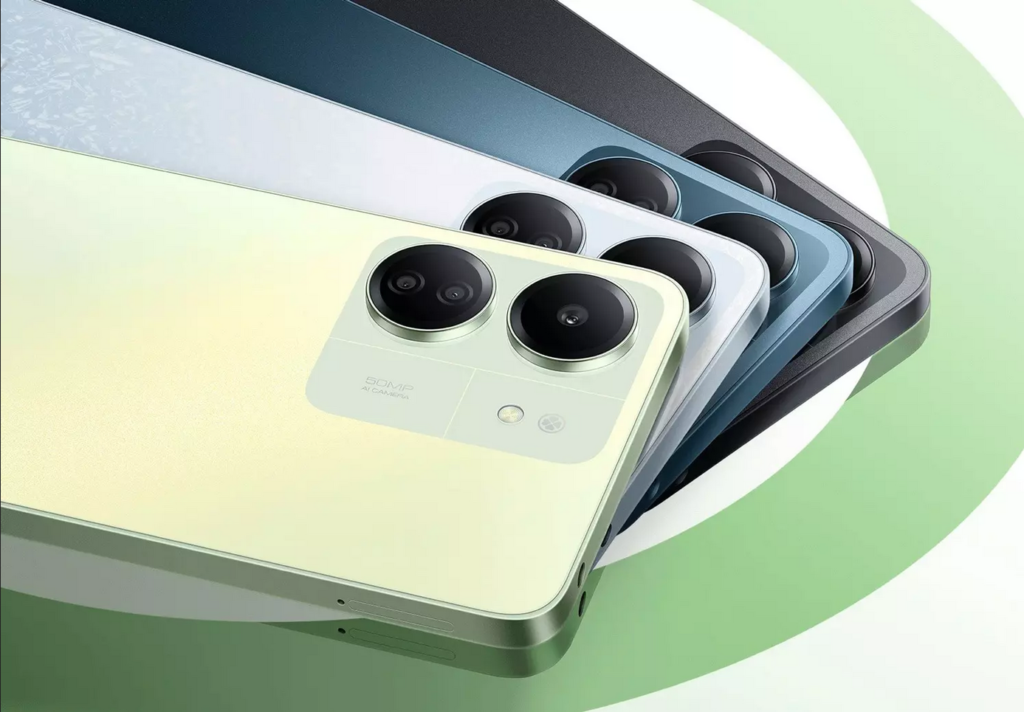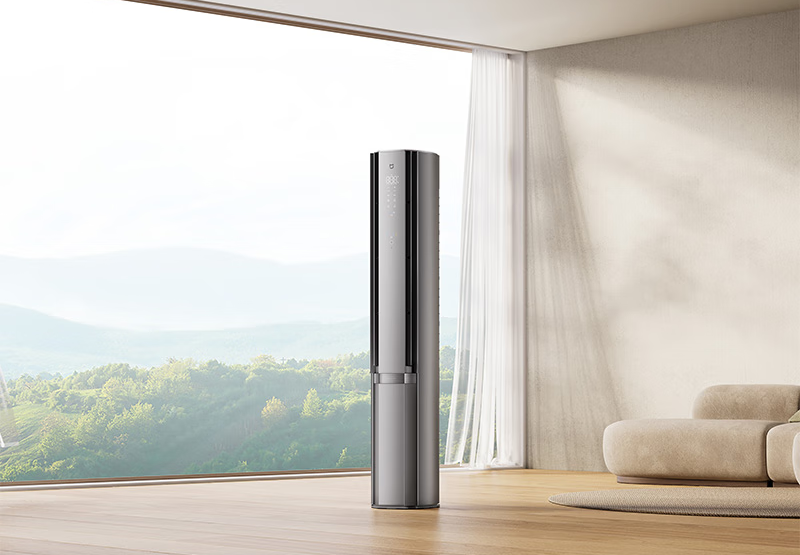Xiaomi 14 Pro vs Google Pixel 8 Pro: A Detailed Comparison for Xiaomi Enthusiasts
When it comes to high-end smartphone battles, the Xiaomi 14 Pro and Google Pixel 8 Pro are like titans clashing. Both released in late 2023, these devices bring the future of mobile technology into the present. At “Xiaomi for All,” we breathe all things Xiaomi, so let’s delve into the nitty-gritty and see how our beloved brand’s latest offering stands against Google’s flagship.

Design and Display: A Feast for the Eyes
The Xiaomi 14 Pro, with its sleek dimensions of 161.4 x 75.3 x 8.5 mm, and weighing between 223g to 230g, is an amalgamation of elegance and sturdiness. It comes in several alluring colors: Black, Silver, Titanium, and Green. The body options vary from an aluminum to a titanium frame, both ensuring a solid grip with a premium feel. With IP68 dust and water resistance, it’s designed to withstand accidental splashes and dust intrusion.
Its display is a stunning 6.73-inch LTPO AMOLED screen, showcasing a 1440 x 3200 resolution with a peak brightness of 3000 nits. True to Xiaomi’s innovation, it introduces the Xiaomi Longjing Glass for protection, promising a durable and clear viewing experience. The 120Hz refresh rate combined with Dolby Vision and HDR10+ support ensures every scroll and tap is a smooth and visually captivating experience.
In contrast, the Google Pixel 8 Pro has a slightly taller but thicker body, reflecting its robust build with both front and back Gorilla Glass Victus 2 protection. It weighs 213g and also offers IP68 rating. The Pixel’s 6.7-inch LTPO OLED display delivers a slightly lower resolution at 1344 x 2992 pixels but does not fall short on brightness, peaking at an impressive 2400 nits. Both devices offer an immersive experience, but the Xiaomi 14 Pro takes the lead with its higher resolution and peak brightness.

Performance Powerhouses: Snapdragon vs Tensor
Under the hood, the Xiaomi 14 Pro is powered by the cutting-edge Qualcomm Snapdragon 8 Gen 3 chipset, ensuring that every task is executed with unparalleled speed. The octa-core CPU and Adreno 750 GPU combination promises a seamless performance, whether you’re gaming or multitasking. Offering a variety of internal storage and RAM combinations, with up to 1TB and 16GB RAM, there’s plenty of space and power for every need.
The Google Pixel 8 Pro is not to be underestimated, with its custom Google Tensor G3 chip. It brings a nona-core CPU to the table, showing Google’s intent to compete on an equal footing with flagship processors. With up to 1TB storage and 12GB RAM, it falls slightly behind in memory options compared to the Xiaomi 14 Pro.
Both phones skip the option for expandable storage, but they’re ahead in their game with ultra-fast UFS 3.1 and UFS 4.0 protocols in Pixel and Xiaomi, respectively.

Camera Capabilities: Snapping Masterpieces
For photography enthusiasts, the Xiaomi 14 Pro’s camera setup is a dream. It boasts a triple 50 MP array, including a wide, telephoto, and ultrawide lens. The telephoto lens offers 3.2x optical zoom, and all lenses are augmented with Leica optics, ensuring the highest quality in image capture. Videos can be shot in a staggering 8K resolution, and the 32 MP selfie camera does not disappoint either.
The Google Pixel 8 Pro, while also sporting a 50 MP wide sensor, has a higher megapixel count in its telephoto and ultrawide lenses. Google’s computational photography prowess is well-known, and features like Pixel Shift and Ultra-HDR testify to its capabilities.
Both devices have their strengths, but Xiaomi’s partnership with Leica may just tip the scales in its favor for those who prioritize photographic finesse.
Battery and Charging: Endurance Meets Speed
A phone’s battery life is pivotal, and Xiaomi understands this. The 14 Pro is equipped with a 4880 mAh battery, supporting 120W wired charging which is astonishingly fast, achieving a full charge in just 18 minutes. The 50W wireless charging is nothing to scoff at either, fully charging the device in 40 minutes.
The Google Pixel 8 Pro has a slightly larger 5050 mAh battery but lags in charging technology, offering 30W wired and 23W wireless charging options. While it may take longer to charge, the Pixel’s battery optimization could mean its endurance is on par with Xiaomi’s offering.
Conclusion: Xiaomi Continues to Impress
In conclusion, the Xiaomi 14 Pro and Google Pixel 8 Pro are both impressive devices. The former, however, with its superior display, faster charging, and Leica-enhanced photography, might just edge out as the more desirable device, especially for the Xiaomi loyalists. As technology progresses, it’s devices like these that push the boundaries of what’s possible in our pockets.
At “Xiaomi for All,” we embrace the cutting-edge while celebrating the essence of Xiaomi – innovation, quality, and user experience. The Xiaomi 14 Pro is a testament to this spirit, and we’re here for every exciting development.
Comparing the specifications of the Xiaomi 14 Pro and the Google Pixel 8 Pro:
| Specification | Xiaomi 14 Pro | Google Pixel 8 Pro |
|---|---|---|
| Release Date | November 2023 | October 2023 |
| Weight | 223g or 230g | 213g |
| Thickness | 8.5mm | 8.8mm |
| Operating System | Android 14, HyperOS | Android 14 |
| Storage | 256GB/512GB/1TB, no card slot | 128GB/256GB/1TB, no card slot |
| Display | 6.73″ LTPO AMOLED, 1440×3200 pixels | 6.7″ LTPO OLED, 1344×2992 pixels |
| Processor | Snapdragon 8 Gen 3 | Google Tensor G3 |
| RAM | 12/16GB | 12GB |
| Battery | 4880mAh | 5050mAh |
| Charging | 120W wired, 50W wireless, 10W reverse | 30W wired, 23W wireless, Reverse wireless |
| Main Camera | Triple 50MP (wide, telephoto, ultrawide) | Triple 50MP (wide), 48MP (telephoto), 48MP (ultrawide) |
| Selfie Camera | 32MP | 10.5MP |
| Connectivity | 5G, Wi-Fi 6e/7, Bluetooth 5.4, NFC, Infrared | 5G, Wi-Fi 6e/7, Bluetooth 5.3, NFC, UWB |
| IP Rating | IP68 | IP68 |
| SIM | Nano-SIM and eSIM or Dual SIM | Nano-SIM and eSIM |
| Biometrics | Under-display fingerprint sensor | Under-display fingerprint sensor |
| Speakers | Stereo | Stereo |
| Headphone Jack | No | No |
| Build | Glass front, aluminum/titanium frame, glass back | Glass front/back (Gorilla Glass Victus 2), aluminum frame |
| Screen-to-body Ratio | ~89.6% | ~87.4% |
| Price | About 650 EUR | $ 979.99 / € 1,015.87 / £ 923.53 |
This table encapsulates the key features that tech enthusiasts and potential buyers often compare when choosing a high-end smartphone. Both the Xiaomi 14 Pro and the Google Pixel 8 Pro bring a powerful set of features to the table, showcasing the latest in what Android smartphones have to offer.
Pros & Cons
Xiaomi 14 Pro
Pros:
- Rapid Charging: The Xiaomi 14 Pro offers a remarkable 120W wired charging, which is significantly faster than many competitors, ensuring minimal downtime for charging.
- High-Resolution Triple Camera System: With a triple 50MP setup, the Xiaomi 14 Pro provides versatile shooting options for photography enthusiasts, including wide, telephoto, and ultrawide lenses.
Cons:
- Heavier Design: Weighing between 223g and 230g, it might feel bulkier compared to the lighter Google Pixel 8 Pro.
- Potentially Higher Price: With its starting price around 650 EUR, it may be slightly more expensive, making it less accessible for budget-conscious consumers.
Google Pixel 8 Pro
Pros:
- Balanced Weight: At 213g, the Pixel 8 Pro is lighter than the Xiaomi 14 Pro, which may make it more comfortable to hold and carry around.
- Camera Resolution Diversity: The combination of a 50MP wide, a 48MP telephoto, and a 48MP ultrawide camera offers high-resolution imaging across all types of photography.
Cons:
- Slower Charging: With a 30W wired charging capability, the Pixel 8 Pro falls behind in terms of fast charging when compared to the Xiaomi 14 Pro.
- Higher Price Tag: The starting price point is higher than the Xiaomi, which could be a significant factor for cost-sensitive buyers.
FAQs
How do the charging speeds of the Xiaomi 14 Pro and Google Pixel 8 Pro compare?
The Xiaomi 14 Pro offers a superior charging speed with its 120W wired charging capability, which can charge the device at a much faster rate compared to the Google Pixel 8 Pro’s 30W wired charging. This means that if quick charging is essential to you, the Xiaomi 14 Pro would be the preferable choice.
Which phone offers a better camera resolution, the Xiaomi 14 Pro or the Google Pixel 8 Pro?
Both phones boast impressive camera systems with high megapixel counts, but the Google Pixel 8 Pro offers a slightly more diverse range in terms of resolution with a 50MP wide, 48MP telephoto, and 48MP ultrawide camera setup. The Xiaomi 14 Pro has a triple 50MP camera setup for all three, which still delivers high-quality images but with uniform resolution.
What is the weight difference between the Xiaomi 14 Pro and the Google Pixel 8 Pro?
The Google Pixel 8 Pro is notably lighter at 213g compared to the Xiaomi 14 Pro, which weighs in between 223g and 230g. This difference could make the Pixel 8 Pro more comfortable for daily carry and use, especially for those who are sensitive to the weight of their devices.
Is there a significant price difference between the two models?
Yes, there is a noticeable price difference between the two models. The Google Pixel 8 Pro has a higher starting price of around 899 EUR, while the Xiaomi 14 Pro starts at a somewhat lower price point of around 650 EUR. This makes the Xiaomi 14 Pro a more budget-friendly option, albeit with slightly less brand prestige in some markets compared to Google.
Between the Xiaomi 14 Pro and the Google Pixel 8 Pro, which is better for photography enthusiasts?
Both phones are tailored to photography enthusiasts, but they cater to slightly different preferences. The Xiaomi 14 Pro’s uniform triple 50MP camera setup is impressive and could be more suitable for those who desire consistent high-quality detail across all types of shots. In contrast, the Google Pixel 8 Pro’s varied resolution approach might appeal to those who want high resolution for specific types of shots, such as telephoto or ultrawide images. Ultimately, the choice would depend on the user’s specific photography needs and preferences.
Prospect Buyer for Xiaomi 14 Pro:
The ideal buyer for the Xiaomi 14 Pro is likely to be a tech enthusiast who values rapid charging, robust performance, and high-resolution photography without the premium price tag. They may be drawn to the latest technology trends and prioritize getting the most value for their money. This buyer would appreciate the triple 50MP camera setup for consistently high-quality images across the board and would benefit from the extensive battery life coupled with the super-fast 120W wired charging, which aligns with a busy, on-the-go lifestyle. They might be less concerned with brand prestige and more focused on the specifications and cost-efficiency of their device. This customer is looking for a high-performing phone that can keep up with demanding usage patterns, from gaming to content creation, without the need for frequent charging breaks.
Prospect Buyer for Google Pixel 8 Pro:
The prospective buyer for the Google Pixel 8 Pro is someone who is likely to be a Google ecosystem loyalist, valuing the seamless integration with Google services and the clean, user-friendly experience of stock Android. This user might prioritize software and camera capabilities, relying on the reputed Google AI to deliver exceptional photo quality and smart features. The varied high-resolution camera setup with a 50MP wide, 48MP telephoto, and 48MP ultrawide lenses would be particularly appealing to photography enthusiasts looking for versatility and the power of computational photography in their pocket. This customer is prepared to invest a bit more for a device that offers a balance of elegance, brand prestige, and cutting-edge software, even if it means compromising slightly on charging speed and battery life. They value the weight and feel of the device, possibly preferring a lighter phone that’s easier to handle day-to-day.
Tags: Xiaomi, Xiaomi 14 Pro, Google Pixel 8 Pro, smartphone comparison, tech review, flagship phones, mobile technology, Snapdragon, Tensor, Leica, fast charging, AMOLED display.






11 thoughts on “Xiaomi 14 Pro vs Google Pixel 8 Pro: A Detailed Comparison for Xiaomi Enthusiasts”